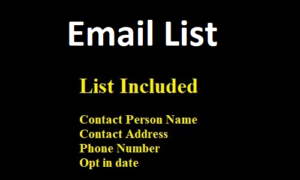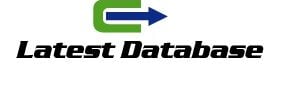Email marketing has long been recognized as a cost-effective and efficient marketing strategy for businesses to connect with their audience. One key metric that reflects the success of email marketing campaigns is the return on investment (ROI). In this article, we explore the average ROI for email marketing. Highlighting its significance as a powerful tool for driving results and achieving marketing goals.
The Significance of ROI in Email Marketing:
Heading 1: Measuring Success
ROI is a critical metric in any marketing campaign, as it quantifies the profitability of an investment relative to its cost. In email marketing, ROI allows businesses to assess the effectiveness of their campaigns. Determine the impact of their efforts on generating revenue and Laos Email list achieving business objectives.
Factors Influencing Email Marketing ROI:
Heading 2: Understanding the Variables
Several factors contribute to the ROI of email marketing campaigns. These include the size and engagement level of the email list, the quality of the content and design, the relevance of the offers, the timing of the emails, and the effectiveness of the call-to-action (CTA) in driving conversions.
Industry Averages for Email Marketing ROI:
Heading 3: The Numbers
The average ROI for email marketing varies across industries and depends on several factors such as the nature of the business, the target audience, and the overall email marketing strategy. According to various industry reports, the average ROI for email marketing can range from $38 to $44 for every dollar spent.
For instance, a study by the Data & Marketing Association (DMA) found that the average for email marketing in the United States was approximately $38 for every dollar invested. This study highlights the potential for high returns with an effective email marketing strategy.
Maximizing Email Marketing:
Heading 4: Tips for Success
To achieve a higher in email marketing, businesses can implement several best practices:
1. Personalization: Tailoring content and offers based on recipient data leads to higher engagement and conversion rates.
2. Segmentation: Segmenting the email list based on demographics, behavior, or past interactions allows for targeted messaging and improved .
3. Automated Workflows: Implementing B2B Lead automated email workflows for welcome series, abandoned cart reminders, and lead nurturing can boost efficiency and engagement.
4. A/B Testing: Experimenting with different email elements, such as subject lines, CTA buttons, and design, helps identify the most effective strategies.
Conclusion:
The average ROI for email marketing showcases its effectiveness as a profitable marketing strategy.







